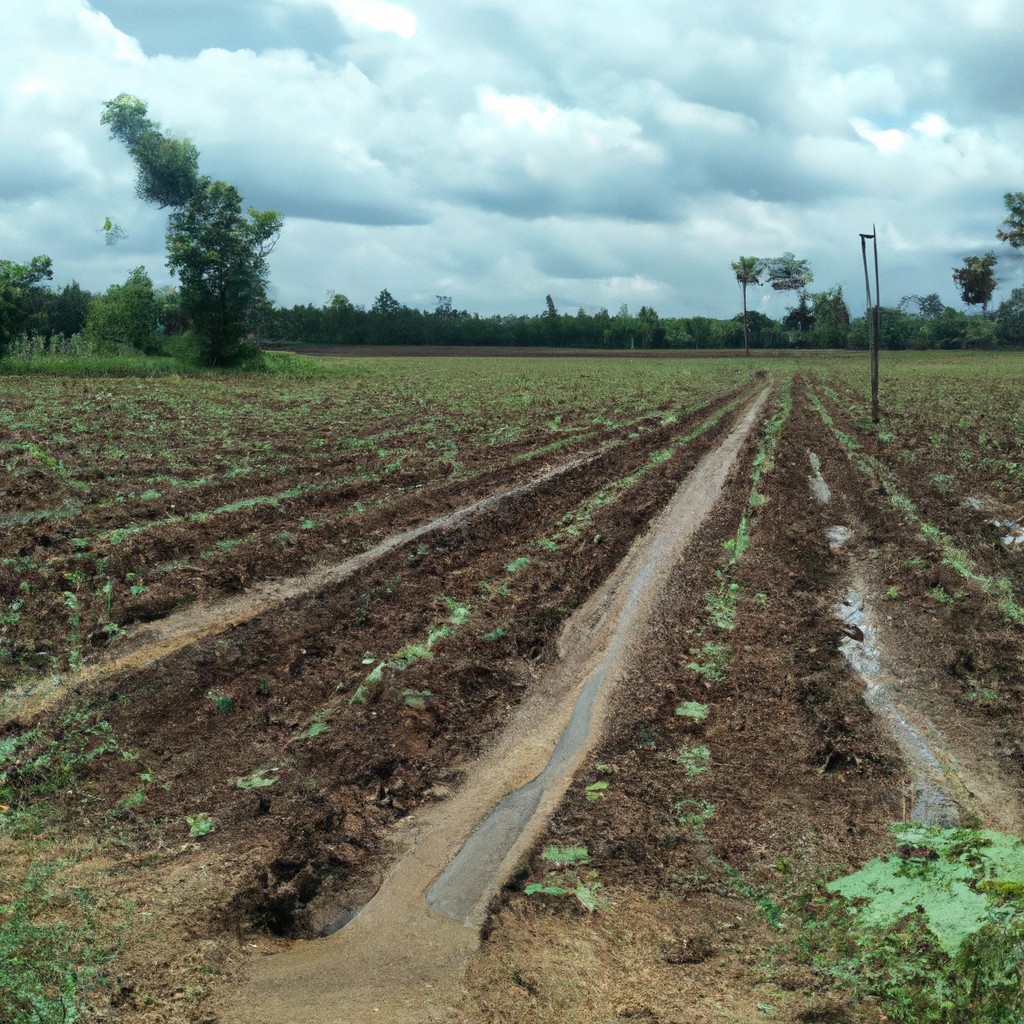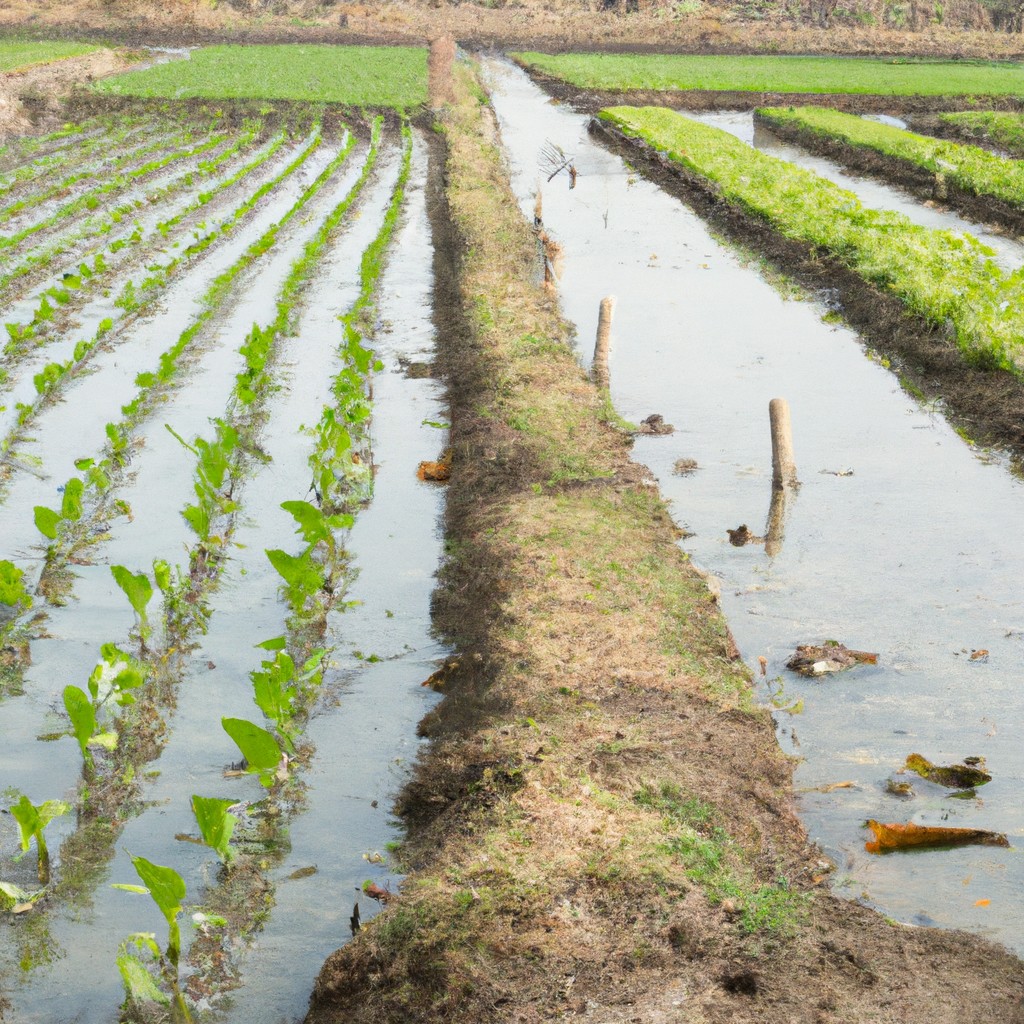This article provides an overview of India’s agricultural practices, emphasizing sustainable techniques used across the country.
Look Inside:
Current Statistics On Agriculture in India

India is a predominantly agrarian country with over 58% of its rural households relying on agriculture as their principal means of livelihood. The sector contributes around 18% to the country’s GDP. As of the latest data, India has a cultivated area that spans approximately 159.7 million hectares.
Major crops include rice, wheat, cotton, and sugarcane, with rice being the staple food for the majority of the population. India stands as the second-largest producer of both wheat and rice, globally. Additionally, the country is the largest producer of spices, pulses, and milk, playing a significant role in the global agricultural market.
Irrigation covers about 48% of the agricultural land, highlighting the dependence on monsoons for water, which varies widely across different regions. This variability underscores the challenges in crop production stability year over year.
Role of Agriculture in India’s Economy
Agriculture plays a crucial role in the economic fabric of India, acting as a primary occupation for over 50% of the population. This sector substantially contributes to the gross domestic product (GDP) and determines the overall economic growth.
First, it generates significant employment opportunities across rural areas, helping curb urban migration. Secondly, agriculture is a major source of raw materials for numerous industries, including textiles and food processing, linking various sectors of the economy.
Moreover, this sector is pivotal for export trade, with numerous agricultural products like spices, tea, and rice shipped worldwide, boosting India’s foreign exchange earnings. Thus, agriculture is not just a livelihood provider but a backbone for economic stability and development in India.
Challenges Faced By Indian Farmers
Facing irregular monsoon patterns, Indian farmers often grapple with either droughts or excessive flooding, severely affecting crop yields. High input costs for seeds, fertilizers, and machinery, coupled with limited access to modern technology, strain their financial resources. Additionally, inadequate storage facilities lead to post-harvest losses, escalating the plight of the agricultural community. Moreover, small land holdings and fragmented farms amplify operational difficulties and reduce overall productivity. Lastly, the burden of debt from high-interest rates on loans is a common challenge, pushing many farmers into financial distress.
Impact of Climate Change On Indian Agriculture
Rising temperatures and unpredictable rainfall patterns are increasingly posing significant threats to farming in India. Heatwaves frequently cause crops like wheat and maize to wilt and die, slashing yields dramatically. Moreover, heavier, untimely rain washes away topsoil and damages maturing crops.
Droughts, becoming more common and severe, severely limit water availability for irrigation. This stresses water resources, forcing farmers to either over-extract groundwater or leave land fallow.
Additionally, an increase in pest outbreaks, linked to warmer climates, forces farmers to spend more on pesticides, raising their costs and potentially reducing the quality of produce.
Collectively, these climate-induced factors not only decrease the quantity and quality of agricultural output but also threaten the livelihoods of millions of Indian farmers, exacerbating rural poverty.
Role of Agriculture Technology (AgriTech) in India
Agriculture technology, or AgriTech, plays a transformative role in modernizing Indian farming. One key application is precision farming, which uses GPS and IoT sensors to monitor crop health and soil conditions. This approach allows farmers to maximize yields while minimizing resource use, such as water and fertilizers.
Drone technology has also taken off, quite literally, in fields across India. Drones aid in efficient crop monitoring and spraying, reducing labor costs and increasing the precision of pesticide application, thus protecting the environment.
Another innovation is smartphone apps tailored to farmers’ needs. These apps provide real-time weather updates, pest control tips, and market prices, enabling farmers to make informed decisions quickly.
These technologies collectively help in addressing some of the traditional challenges in agriculture, by making farming practices more efficient and sustainable.




